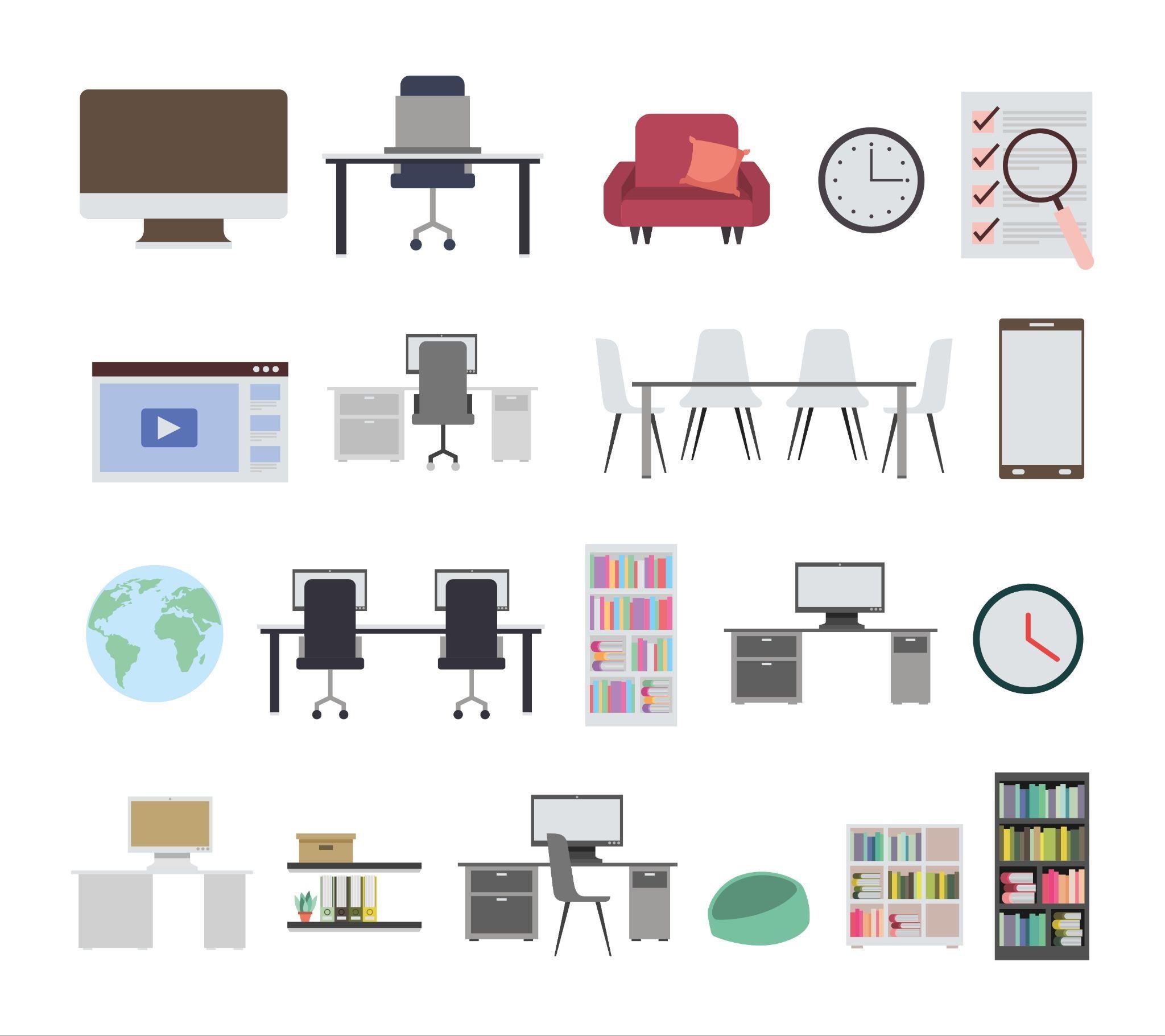9 Essential Steps To Ensure A Smooth Library Relocation

Table of Contents
Libraries in the US have served millions of people needing help in education and self-improvement to provide relevant data and a place for solitude. Established primarily as book-lending centres, their role has evolved over time.
With over nine thousand public libraries nationwide, they offer resources and services to meet people’s needs. (1)
However, there comes a time when a library is relocated to another place. The process involves sorting through a multitude of books and heavy equipment to a new place.
This article will walk you through steps to ensure a smooth library relocation. Continue reading to learn more.
1. Hire Professional Movers
While you may think that relying on library staff or volunteers to help out on the transition is wise, it’ll be much better to hire professional library relocation services. These specialized companies have the expertise, equipment, and experience necessary to safely and efficiently move library materials.
They can also give you top-notch services like secure storage and transportation to keep fragile items from breaking.
Basically, professional library relocation services collect and deliver your books, records, and media directly to their destination, be that a new library location or a storage and warehouse facility. That means no double handling, better security, and reduced risk of damage.
2. Develop a Comprehensive Plan

One of the most critical steps in ensuring a smooth relocation is to develop a comprehensive plan. This should outline every aspect of the move, including timelines, responsibilities, and contingencies.
Involve key stakeholders such as library staff, administrators, and vendors in the planning process to ensure that all perspectives are considered.
3. Create a Moving Schedule
A moving schedule that outlines every deliverable and its duration is crucial for your library transition. This schedule should account for the closure of the library during the move, the packing and unpacking of materials, and the transportation of items to the new location.
Communicating this schedule to important personnel involved will be valuable in minimizing errors and managing expectations.
A rundown of the schedule will ensure that the relocation process is well-coordinated. This will prevent any disruptions from happening.
4. Inventory and Categorize Materials
How you approach organizing your items is vital to having a hassle-free haul. Categorizing your stuff will aid in identifying items that need careful management such as limited-edition books, sharp materials, or fragile items.
Consider implementing a colour-coding or labelling system to ensure that materials are easily identifiable during unpacking.
Proper inventory will guide you in packing and unpacking. It’ll also prevent loss or damage to library materials.
5. Pack and Label Carefully
Proper packing and labelling are essential for a successful library relocation. Use high-quality boxes and packing materials to ensure that items are protected during transport. Label boxes clearly with their contents and destination.
Consider using a color-coding system to make unpacking and shelving easier. Remember to pack heavier items in smaller boxes to prevent injuries during the move.
Careful packing and labelling protect the library materials and facilitate the unpacking and reorganization process at the new location, saving time and effort.
6. Prepare the New Space
The new library space should be ready even before you move. Install the shelves, set up the workspaces, and see to it that the utilities are coordinated already. Additionally, consider the layout and organization of the new library to optimize accessibility and workflow.
7. Communicate with Library Patrons
Clear and consistent communication with library patrons is essential throughout the relocation process.
Provide regular updates on the move, including any temporary closures or changes in service. Consider setting up a dedicated webpage, email newsletter, or social media channel to keep patrons informed.
Additionally, ensure that signage and directions to the new location are clear and visible.
8. Train Staff on New Procedures
After the new library is set up, orienting the staff on adjustments in the operations is a must. This may include familiarizing them with the new layout, shelving systems, and any new technologies or equipment. Training them will reduce any hitch in library operations.
9. Conduct a Post-Move Evaluation
After the relocation is complete, it’s essential to conduct a post-move evaluation. This should involve gathering feedback from library staff, patrons, and other stakeholders to identify areas for improvement.
Additionally, review the overall process to identify any lessons learned that can be applied to future library relocations or similar projects.
Conclusion
A library relocation goes beyond the physical transition because it’s a move that can affect the entire community being served.
Organizing, communicating, and being attentive to detail will go a long way so libraries can maintain the trust and confidence of their patrons throughout the relocation process.






